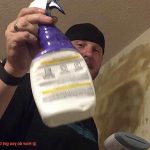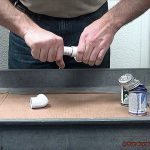Imagine this: You’ve just received your brand new plastic retainers, carefully crafted to keep your teeth perfectly aligned. They fit like a dream, promising a future of straight smiles. But, in a cruel twist of fate, a tiny droplet of super glue has landed on your precious retainers. Panic sets in as you envision the damage it could cause. Fear not. You’ve stumbled upon the ultimate guide to solving this sticky situation.
In this blog post, we’ll take you on an exciting journey through the art of safely removing super glue from plastic retainers. We’ll reveal effective techniques that will save your retainers without harming them or compromising their quality. Believe it or not, this process can be as captivating as a detective unraveling a thrilling mystery.

So, get comfortable and prepare yourself for an adventure that combines science, patience, and a touch of magic. We promise to arm you with the knowledge and confidence needed to tackle this common mishap with finesse. Let’s dive in together and discover the secrets of banishing super glue from your plastic retainers, ensuring they remain flawless and ready to support your beautiful smile.
What is Super Glue and How Does It Work?
Contents
Super glue, also known as cyanoacrylate adhesive, is a powerful adhesive that is widely recognized for its exceptional bonding properties. Composed of a mix of chemicals, super glue reacts with moisture in the air, resulting in a rapid polymerization process that creates strong bonds between surfaces. Let’s take a closer look at what super glue is, how it works, and why it is so effective in creating durable bonds.
Super glue primarily consists of cyanoacrylate, a liquid monomer that transforms into a solid polymer when exposed to moisture. This transformation occurs through a process called anionic polymerization. Alongside cyanoacrylate, other components such as stabilizers, thickeners, and accelerators may also be present in the adhesive.
When super glue is applied to a surface, it spreads out and fills in any gaps or irregularities in the material. As it comes into contact with moisture on the surface or in the air, it begins to react and harden. This reaction triggers the polymerization process, where the cyanoacrylate molecules link together and form long chains. These chains create a robust bond that securely holds the glued materials together.
One of the remarkable features of super glue is its rapid setting time. It polymerizes incredibly quickly, often within seconds. This characteristic makes it ideal for urgent repairs or bonding tasks. However, users must exercise caution when handling super glue to prevent accidental bonding of unintended surfaces.
To achieve optimal results with super glue, it is essential to prepare surfaces properly. The adhesive works best on clean and dry surfaces. Any dirt, oil, or moisture can interfere with the bonding process and weaken the adhesive strength. Therefore, it is crucial to ensure that both surfaces are thoroughly cleaned and free from contaminants before applying super glue.
Super glue offers versatility and is suitable for various applications. It is commonly used for household repairs, crafting projects, jewelry making, model building, and industrial tasks. Furthermore, it exhibits excellent resistance to temperature changes, chemicals, and impact, enhancing its reliability and durability.
While super glue bonds well with many materials such as plastic, metal, rubber, and ceramics, it may not adhere well to certain plastics with low surface energy, such as polyethylene and polypropylene. In such cases, specialized adhesives designed for these materials should be used instead.
To use super glue effectively, follow these tips: ensure surfaces are clean and dry before applying the glue; apply a thin layer of glue to one surface and press the materials together firmly; hold the bonded materials in place for a few seconds to allow the glue to set; avoid excessive handling or stress on the bond until the glue has fully cured, which typically takes 24 hours.
Why Is Super Glue Difficult to Remove from Plastic Retainers?
Super glue, also known as cyanoacrylate adhesive, is a fast-acting adhesive that forms a strong bond with various materials, including plastic retainers. This bond can be frustratingly difficult to remove without causing damage to the retainer. The challenge arises from multiple factors.
Firstly, the chemical composition of super glue contributes to its stubborn adhesion. It undergoes polymerization, a process in which the molecules in the adhesive react with moisture in the air or on the surface of the plastic. This reaction causes the glue to harden and form a solid bond. Plastic retainers often have smooth and non-porous surfaces, which makes it tough for solvents or removal methods to penetrate and dissolve the super glue.
Additionally, the low viscosity of super glue allows it to seep into small crevices and gaps in the plastic. This enhances its bond strength, making it even more resistant to removal. Factors like temperature and pressure also influence the strength of the bond. Higher temperatures accelerate polymerization, making the bond stronger and harder to break.
Forcibly removing super glue from plastic retainers can potentially damage or deform the plastic material. The adhesive may tear or chip away small fragments of the plastic surface, compromising the integrity and functionality of the retainer.
It is worth noting that different types of plastics have varying degrees of susceptibility to super glue bonding. Some plastics may be more resistant to bonding due to their chemical composition or surface properties.
Method 1: Using Acetone
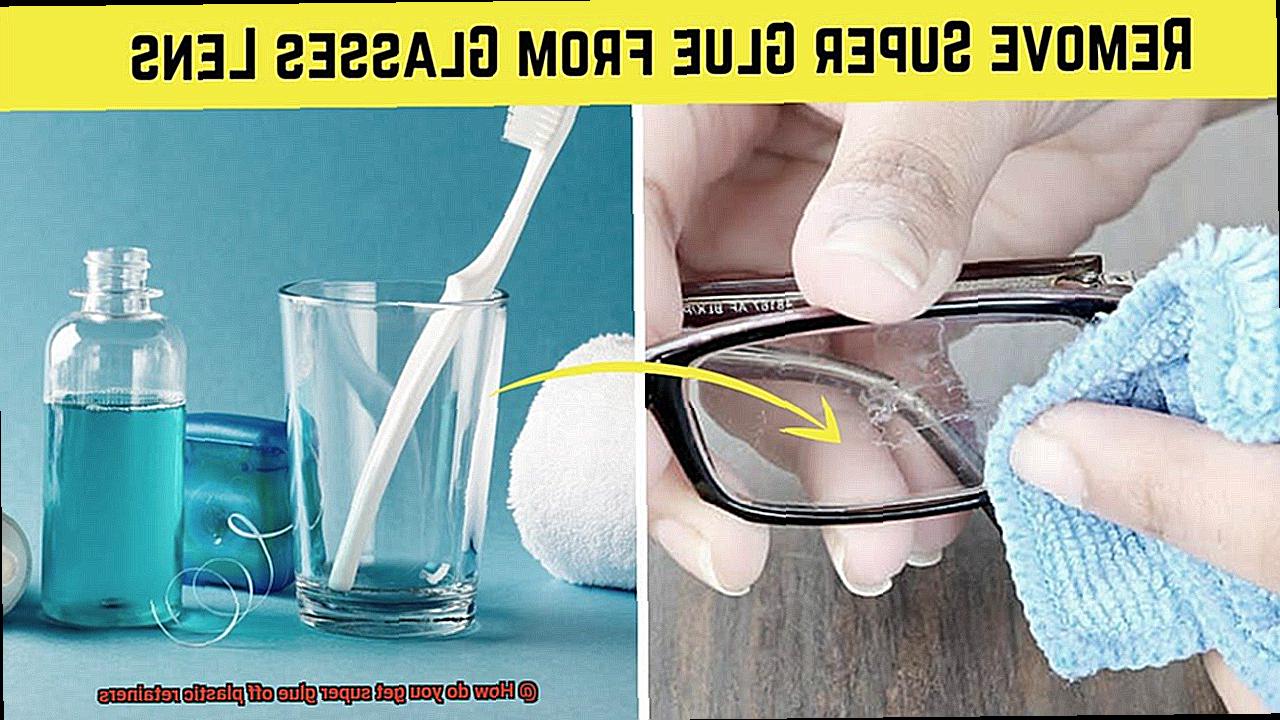
Using acetone is a powerful method to remove super glue from plastic retainers. However, caution must be exercised to prevent any damage to the plastic material. Here’s a step-by-step guide on how to effectively use acetone:
- Protect the surrounding areas of the retainer: Before starting the process, cover the surrounding areas with a cloth or tape. This will ensure that any accidental drips of acetone won’t cause any harm.
- Choose the right nail polish remover: Look for a nail polish remover that contains acetone. This will provide the necessary solvent to dissolve the super glue.
- Apply the acetone: Soak a cotton ball or swab with the acetone solution, ensuring not to use too much as it may drip onto other surfaces and cause damage. Gently dab the acetone-soaked cotton ball onto the super glue on the retainer. Avoid rubbing vigorously, as this may spread or push the glue deeper into the plastic.
- Allow time for penetration: Let the acetone sit on the super glue for a few minutes to allow it to penetrate and loosen the bond. This will make it easier to remove.
- Scrape off softened glue: After a few minutes, gently scrape off the softened super glue using a plastic scraper or your fingernail. Take care not to scratch or damage the retainer while doing so.
- Repeat if necessary: If there are any remnants of super glue left, repeat the process until the retainer is completely free from any residue.
- Wash thoroughly: Once all the super glue has been removed, wash the retainer thoroughly with soap and water to eliminate any traces of acetone.
Method 2: Using Rubbing Alcohol
When it comes to cleaning and disinfecting surfaces, rubbing alcohol is a highly effective and efficient method. Its high alcohol content helps break down and dissolve germs, bacteria, and other contaminants, making it an ideal solution for maintaining cleanliness. Here’s how you can use rubbing alcohol to effectively clean and disinfect surfaces:
- Gather the materials: Before beginning the process, ensure you have the necessary materials at hand. These include rubbing alcohol, cotton swabs or a soft cloth, and a clean, dry towel.
- Apply the rubbing alcohol: Pour a small amount of rubbing alcohol onto a cotton swab or soft cloth. Be cautious not to pour it directly onto the surface, as excessive moisture can cause damage.
- Gently rub the surface: Using circular motions and applying light pressure, gently rub the surface with the alcohol-soaked swab or cloth. This action helps break down and remove dirt, grime, and bacteria.
- Repeat if necessary: If the surface is heavily soiled or if there are stubborn stains or contaminants, repeat the process with fresh rubbing alcohol until the desired cleanliness is achieved.
- Wipe away excess liquid: Once you have finished cleaning the surface with rubbing alcohol, use a clean, dry towel to wipe away any excess liquid. This step helps prevent moisture from lingering on the surface, which can lead to damage or discoloration.
- Allow the surface to dry: Leave the surface to air dry completely before using it again. This ensures that any remaining traces of bacteria or contaminants are eliminated.
Using rubbing alcohol as a cleaning and disinfecting agent offers several advantages:
- It is readily available in most households and is relatively inexpensive compared to other cleaning products.
- Rubbing alcohol has excellent antimicrobial properties that effectively kill germs and bacteria on surfaces.
- It dries quickly, making it convenient for use on a variety of surfaces, including electronics, glass, and stainless steel.
- Rubbing alcohol evaporates without leaving behind residue, ensuring a clean and streak-free finish.
- It is a versatile solution that can be used for cleaning and disinfecting various items, such as countertops, doorknobs, and bathroom fixtures.
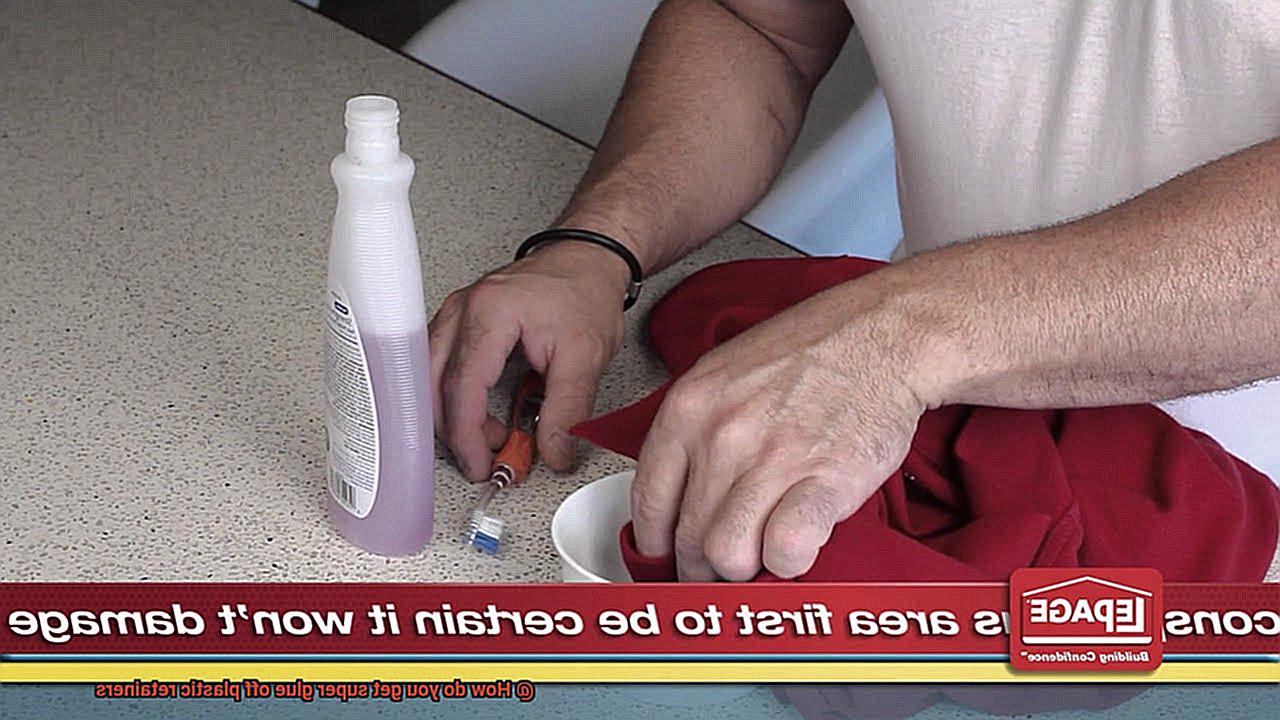
However, it is important to keep in mind some safety considerations when using rubbing alcohol:
- Ensure proper ventilation in the area where you are using rubbing alcohol to avoid inhaling the fumes.
- Keep rubbing alcohol away from flames or heat sources, as it is highly flammable.
- Avoid using rubbing alcohol on surfaces that are sensitive to alcohol or may be damaged by its use. Test a small, inconspicuous area before applying it to the entire surface.
- Store rubbing alcohol in a cool, dry place and keep it out of reach of children and pets.
Method 3: Using Vinegar
Using vinegar as a method for cleaning is an effective and eco-friendly approach. In this passage, I will explain the three main steps of using vinegar to clean, provide examples of the types of surfaces it can be used on, and discuss the advantages of using this method.
The first step in using vinegar to clean is preparing the surface. This involves removing any debris or dirt from the surface before applying the vinegar solution. This can be done by sweeping or wiping down the surface with a damp cloth. It is important to ensure that the surface is clean so that the vinegar can work effectively.
The second step is applying the vinegar solution. This can be done by mixing equal parts of vinegar and water in a spray bottle or bucket. The vinegar acts as a natural disinfectant and can help remove stains and odors. The solution can be applied directly to the surface or sprayed onto a cloth and then wiped onto the surface. It is important to let the solution sit on the surface for a few minutes to allow it to work its magic.
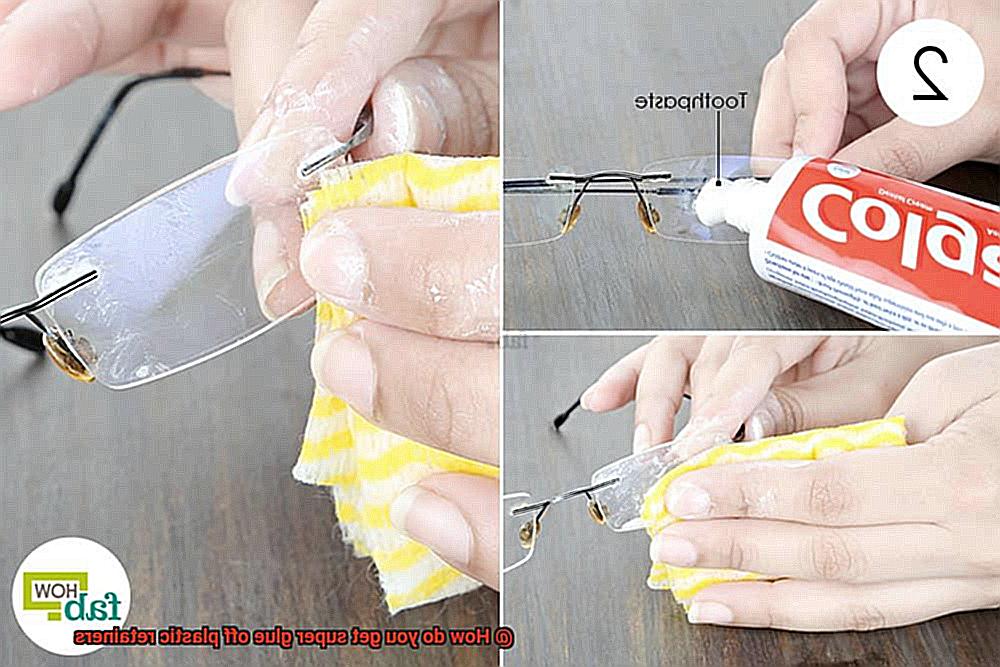
The final step is rinsing off the vinegar solution. After letting the solution sit, it is important to rinse off any residue with clean water. This can be done by wiping down the surface with a damp cloth or rinsing it with water from a bucket or sink. It is important to thoroughly rinse off the vinegar solution to prevent any lingering odor or residue.
Vinegar can be used on a variety of surfaces, including:
- Tile floors: Vinegar can help remove dirt, grime, and stains from tile floors. It can be applied directly to the floor and then mopped up with a damp mop.
- Countertops: Vinegar can help disinfect and remove stains from countertops, including granite and laminate surfaces. It can be sprayed directly onto the countertop and wiped clean with a cloth.
- Windows: Vinegar can help remove streaks and smudges from windows. It can be mixed with water and applied to the window using a spray bottle or cloth.
- Glassware: Vinegar can help remove water spots and stains from glassware. It can be applied directly to the glassware and rinsed off with water.
Using vinegar as a cleaning method has several advantages. Firstly, it is affordable. Vinegar is a common household item that can be purchased at a low cost. Secondly, it is non-toxic. Unlike many commercial cleaning products, vinegar is safe to use around children and pets. It does not contain harmful chemicals that can cause respiratory or skin irritation. Lastly, vinegar is biodegradable. It breaks down naturally in the environment, making it an eco-friendly choice for cleaning.
Seeking Professional Assistance
Seeking professional assistance is a wise choice when it comes to removing super glue from plastic retainers. Dentists and orthodontists are experts in working with dental appliances and materials like plastic, making them the ideal professionals to handle this delicate task. Here’s why you should consider seeking their help:
- Expertise: Professionals in the dental field have extensive experience handling dental appliances, including plastic retainers. They understand the intricacies of removing super glue without causing any damage to the retainers.
- Specialized tools and techniques: Professionals have access to specialized tools and techniques specifically designed for removing super glue from dental appliances. These tools ensure that the process is carried out safely and effectively, minimizing the risk of damaging the retainers.
- Assessment of damage: Professionals can assess the extent of the super glue residue on your plastic retainers. They can determine if the retainers need to be completely replaced or if they can be salvaged by removing the glue. This evaluation saves you from potential expenses of purchasing new retainers unnecessarily.
- Dental-grade solvents: Professionals have access to dental-grade solvents or adhesive removers that are formulated for use on dental appliances. These solvents are designed to dissolve super glue without causing any harm to the plastic material.
- Reassurance and peace of mind: Removing super glue from plastic retainers can be a delicate process, and attempting it yourself may lead to accidental damage or improper removal. By entrusting this task to professionals, you can be confident that they will handle the process with care and expertise.
Preventative Measures to Avoid Accidents with Super Glue
Accidents with super glue can easily be prevented by following a few simple preventative measures. To ensure safety when using super glue, it is important to read and understand the instructions provided on the packaging. Different types of super glue may have varying instructions for use and safety precautions, so familiarizing yourself with them beforehand is crucial.
Wearing protective gloves is one of the most effective ways to prevent accidents. Super glue can bond skin instantly, leading to irritation and potential skin damage. By wearing gloves, you create a barrier between the glue and your skin, significantly reducing the risk of accidental contact.
Working in a well-ventilated area is another important preventative measure. Super glue releases fumes that can be harmful if inhaled in large quantities. To minimize exposure to these fumes, it is advisable to open windows or use a fan to circulate fresh air.
Keeping super glue away from children and pets is essential for their safety. Accidental ingestion or contact with super glue can be dangerous, so it is crucial to store containers out of reach in a secure location.
Using super glue in small amounts is advisable to avoid spills or accidental contact. Applying excessive amounts of glue increases the chances of accidents. To control the amount used, consider using a toothpick or a small brush for precise application.
Handling super glue containers with care is also important. If a container is damaged or leaking, it should be disposed of properly. Attempting to use a damaged container can lead to spills or unexpected reactions that can cause accidents.
Lastly, prompt cleanup of spills or accidental contact is essential. Super glue bonds quickly, so immediate action is necessary to prevent further mishaps. Acetone or nail polish remover can help dissolve the glue, but it is vital to test these substances on a small, inconspicuous area first to ensure they do not damage the object.
_59ZzuLJcTw” >
Conclusion
In conclusion, removing super glue from plastic retainers can seem like a daunting task, but fear not. With the right methods and precautions, you can restore your retainers to their former glory. This article has explored three effective solutions for tackling super glue residue on plastic surfaces: acetone, rubbing alcohol, and vinegar.
Acetone, a powerful solvent, is capable of dissolving super glue. However, it must be used with caution to avoid any damage to the delicate plastic material. Rubbing alcohol, with its high alcohol content, is an excellent option for cleaning and disinfecting surfaces while breaking down the stubborn glue. On the other hand, vinegar offers an eco-friendly and affordable alternative for bidding adieu to super glue.
Of course, when dealing with delicate dental appliances like plastic retainers, seeking professional assistance from dentists or orthodontists is always a wise choice. These experts possess the necessary expertise, specialized tools, and dental-grade solvents to safely remove super glue without compromising the integrity of your retainers.
To prevent mishaps with super glue in the first place, it’s crucial to follow preventative measures. Wear protective gloves, work in a well-ventilated area, store containers safely away from children and pets, use small amounts of glue judiciously, handle containers with care like they’re precious gems, and promptly clean up spills or accidental contact.
By employing these tips and techniques presented in this article with patience and care, you can confidently conquer any sticky situations involving super glue on your plastic retainers.


